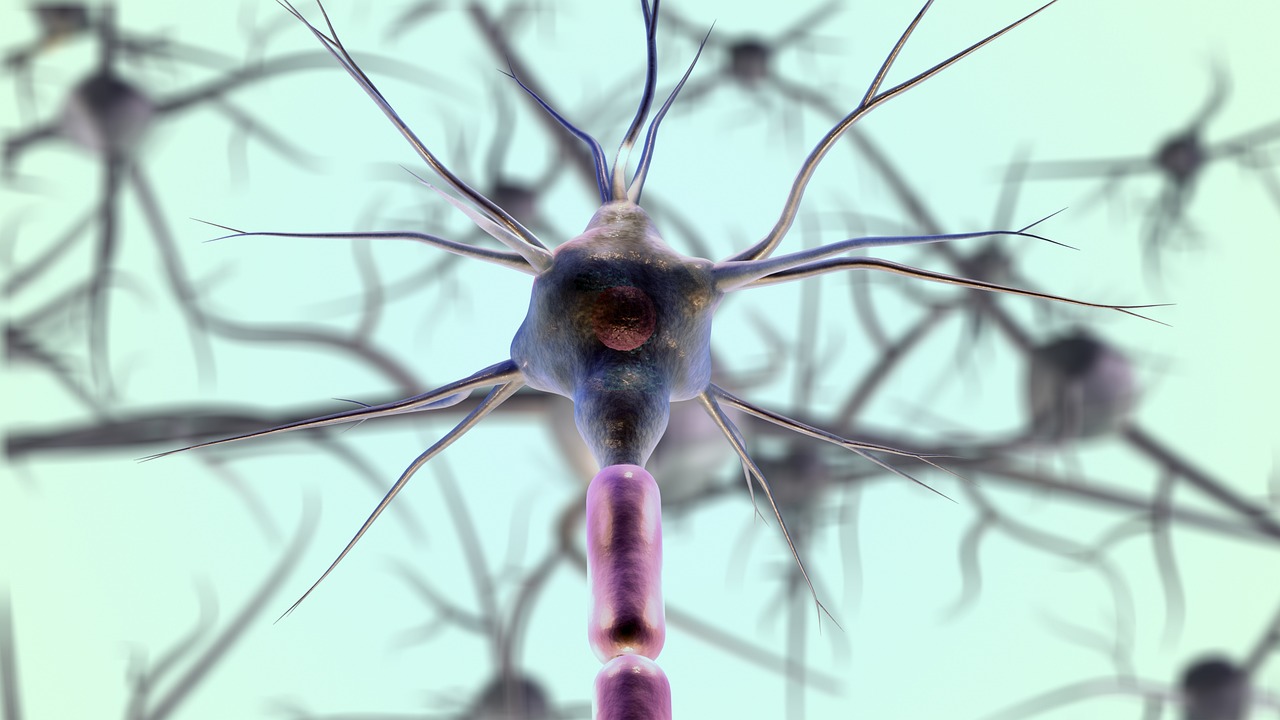Rewiring the Brain: The Remarkable Potential of Neuroplasticity
The human brain, once thought to be static and unchanging after childhood, is actually an incredibly dynamic and adaptable organ. Welcome to the world of neuroplasticity - the brain's innate ability to change and adapt throughout an individual's lifetime. This revolutionary concept is rewriting the rules of brain health, with implications for everything from mental health to stroke recovery.

Neuroplasticity: A Game Changer in Neuroscience
Neuroplasticity, also known as brain plasticity, refers to the brain’s ability to reorganize itself by forming new neural connections throughout life. This ability allows the neurons in the brain to compensate for injury and disease and to adjust their activities in response to new situations or changes in the environment.
This concept is a significant departure from the traditional belief that our brains are hardwired from childhood, with little to no capacity for change. The understanding of neuroplasticity has evolved over the past few decades due to advances in technology and neuroscience research, opening up new avenues for promoting brain health and treating neurological disorders.
The Current State of Neuroplasticity Research
Neuroplasticity is a hot topic in today’s health and wellness landscape. Researchers across the globe are exploring how we can harness this incredible ability to improve mental health, recover from brain injuries, and even slow the progression of neurodegenerative diseases.
One area of research focuses on how lifestyle factors, such as physical exercise and mental stimulation, can influence neuroplasticity. Studies suggest that activities like aerobic exercise, learning new skills, and engaging in mindfulness meditation can enhance brain plasticity, potentially improving cognitive function and mental health.
Another promising area of research involves using neuroplasticity-based therapies to rehabilitate patients with neurological disorders. For instance, constraint-induced movement therapy, which encourages the use of a weakened limb by restricting the use of the healthy one, has shown success in promoting recovery in stroke patients.
The Promise and Challenges of Neuroplasticity
The potential of neuroplasticity is undoubtedly exciting, but it’s essential to approach it with a balanced perspective. While research suggests that our brains can change and adapt in remarkable ways, it’s not a magic bullet for all neurological issues. The process of rewiring the brain is complex, and we’re just beginning to understand how it works and how to influence it effectively.
Moreover, while neuroplasticity can lead to positive changes, it can also contribute to the development of maladaptive behaviors and conditions, such as chronic pain and addiction. Therefore, more research is needed to understand how to harness neuroplasticity for optimal brain health.
Fascinating Facts about Neuroplasticity
- The concept of neuroplasticity dates back to the early 20th century when researchers first observed that the brain could change in response to environmental stimuli.
- Research suggests that both physical and mental exercises can enhance neuroplasticity. For instance, learning a new language or musical instrument can stimulate the formation of new neural connections.
- Neuroplasticity is not just about creating new connections. It also involves the elimination of unnecessary or harmful connections, a process known as synaptic pruning.
- Not all areas of the brain exhibit the same level of plasticity. Some parts, like the hippocampus, which is involved in learning and memory, are more plastic than others.
In conclusion, neuroplasticity is a revolutionary concept that is reshaping our understanding of the brain and its potential. While we have made significant strides in this field, there is still much to learn about how we can harness this remarkable ability to improve brain health and wellbeing. As we continue to unravel the mysteries of the brain, the potential for new breakthroughs in neuroplasticity remains vast and exciting.
